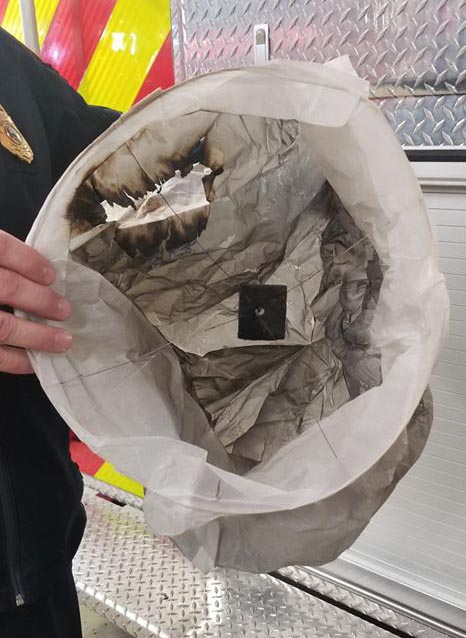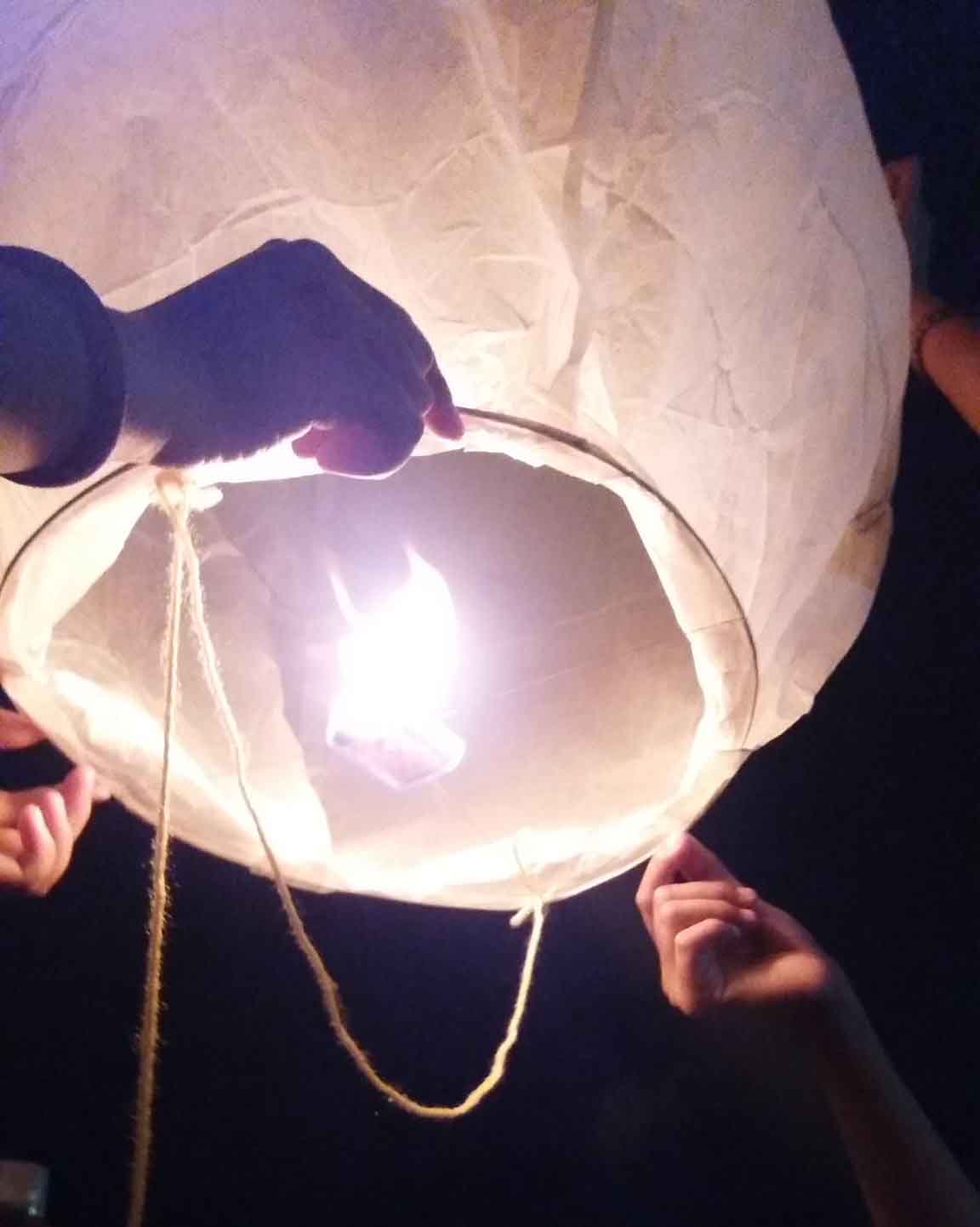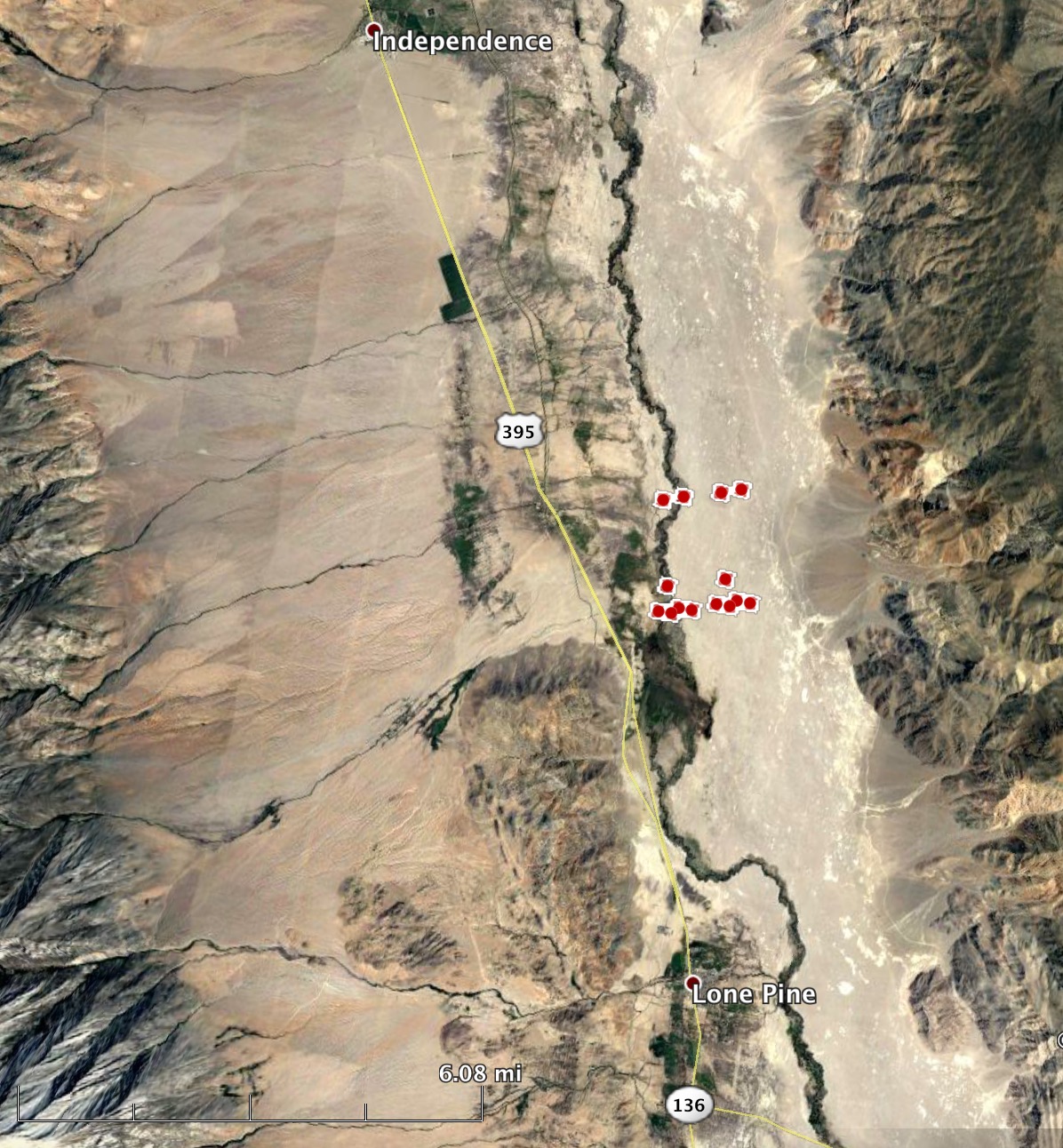Above: Map showing the location of wildfires north of San Francisco, October 18, 2017. The Press Democrat’s offices are in Santa Rosa.
(Originally published at 12:33 p.m. MDT April 21, 2018)
The staff of The Press Democrat has won the Pulitzer Prize for Breaking News Reporting for their coverage of the huge wildfires north of San Francisco in October, 2017.
Here is an excerpt from one of the 10 articles that were submitted to the Pulitzer jury, titled, “Firestorm Nightmare: How we covered the early hours of California’s most destructive fire”. The article begins with the perspective of Kent Porter, a skilled photographer who has covered numerous wildfires in California.
ABOUT 10 P.M., SUNDAY, OCT. 8 » As the wind howls outside his Windsor home, photographer Kent Porter turns on his scanner and hears crews talking about a brush fire 13 miles away off Tubbs Lane on Highway 128 near Calistoga. He grabs his gear and takes off.
As he passes over Mark West Springs and Petrified Forest roads, he can see the glow of fire in the hills. “The wind was just going crazy,” he said later. “Grass was burning. Vineyards were burning. Power poles were going back and forth, and electrical lines were sparking. It was pandemonium.”
10:42 P.M. » One of Porter’s first photos is a ghostly image of a firefighter racing through the yard of a home near the origin of the Tubbs fire. The flames would soon begin devouring rural homes in the valleys bordering Napa and Sonoma counties, racing west toward the region’s largest city. “This thing is going all the way to Santa Rosa,” a fire official tells Porter.
11:50 P.M. » Porter sends a text message to Managing Editor Ted Appel: “Ted this is going to be in Santa Rosa in a few minutes. I strongly suggest you get a reporter out.” Appel begins waking up reporters and preparing the first story.
The fire burned into Santa Rosa, the city in which The Press Democrat is based and the home for many of their employees.
The 10 articles can be read at the Pulitzer website.
The New York Times, which was also considered for a Breaking News Pulitzer for their coverage of the mass shooting in Las Vegas, wrote about The Press Democrat:
The firestorm lasted 30 days, killing 40 people and destroying more than 6,100 homes. [Managing Editor Ted] Appel recalls an exhausting grind — part war zone, part marathon — that engulfed every member of his staff. The line between duty and safety soon blurred: Evacuated reporters slept in the newsroom, dogs and children ran between the desks.
“This wasn’t just a big news story for us,” Mr. Appel said. “This happened to people we knew, it happened to our town.”
The caption for the photo above: “Staff members of The Press Democrat, from left, Randi Rossmann, Julie Johnson, Martin Espinoza, JD Morris, Christi Warren and Mary Callahan, celebrate winning the Pulitzer Prize for Breaking News Reporting for the coverage of the October fires in Sonoma County. Credit Kent Porter/The Press Democrat”
Nine years ago a series of articles about wildland fire won a Pulitzer Prize for authors Bettina Boxall and Julie Cart of the Los Angeles Times. The articles about the state of wildfire management were extremely well written and exhaustively researched, due in part to their Freedom of Information Act request for cartons of U.S. Forest Service records.
The Pulitzer board, making the award in the Explanatory Reporting category, called the series a “fresh and painstaking exploration into the cost and effectiveness of attempts to combat the growing menace of wildfires.”








